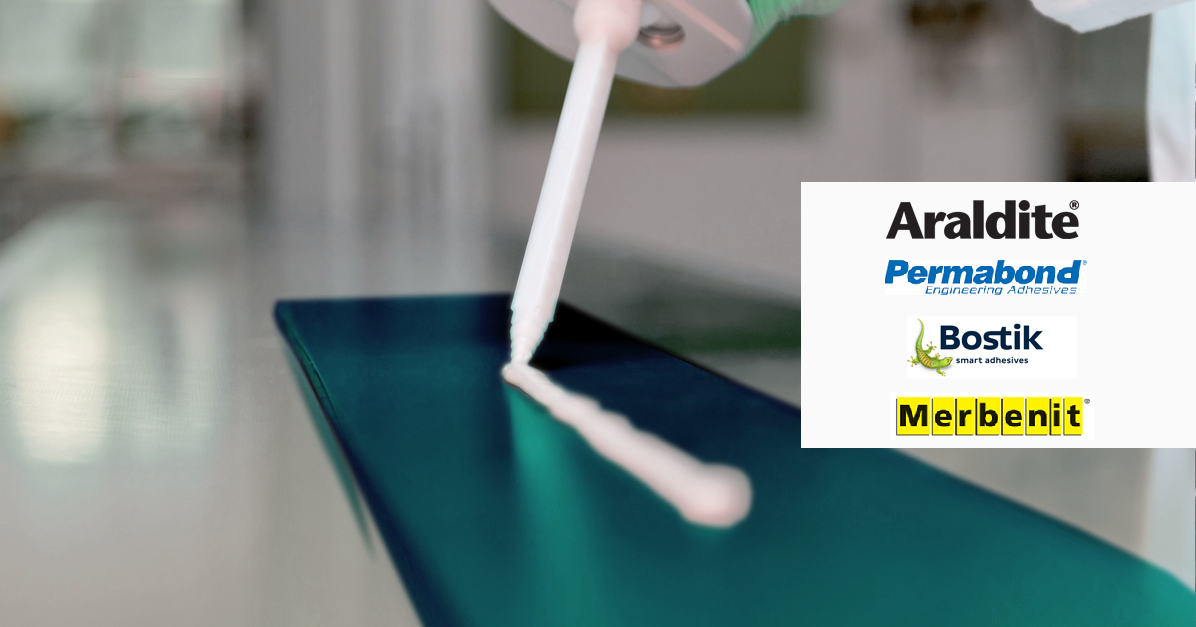What adhesives are recommended for bonding ABS? A comprehensive guide for successful adhesion.
ABS (Acrylonitrile Butadiene Styrene) is an opaque thermoplastic polymer commonly used in injection molding and 3D printing applications. With its distinctive properties such as chemical resistance, thermal stability, impact resistance, and glossy finish, ABS has become a popular material in various manufacturing and engineering fields.
In this article, we will explore different adhesive options for bonding ABS and guide you in selecting the most suitable bonding method based on your specific needs.

Recommended adhesives for bonding ABS:
- Cyanoacrylates: Cyanoacrylate-based adhesives are commonly used for bonding ABS due to their ability to provide fast and strong adhesion. It is recommended to choose a cyanoacrylate adhesive with viscosity suitable for your specific application.
- Two-component Epoxy: Two-component epoxy adhesives, composed of a resin and a hardener, offer excellent chemical and mechanical resistance. They are particularly suitable for applications requiring structural bonding and high durability.
- Structural Acrylics: Structural acrylic adhesives, such as methacrylates and acrylates, are known for their effective bonding of ABS. Their high resistance to mechanical stress, durable adhesion, and flexibility make them suitable for various applications.
- Polyurethanes: Polyurethane adhesives provide good adhesion to ABS and exhibit properties of flexibility and impact resistance. They are commonly used when resistance to vibration and dynamic stresses is required.
- MSP (Modified Silyl Polymer) or Silicones: MSP adhesives, also known as hybrid adhesives, and silicone-based adhesives offer flexible adhesion and good weather resistance. They are often used when sealing properties or UV resistance is required in addition to ABS bonding.
In the tables below, we will guide you in selecting the most suitable solution for your application:
Chemical Resistance:
| Chemical Resistance: | Résistance aux solvants polaires, ex : Water, Ethylene Glycol, Isopropanol, Acetone |
Non-Polar Solvent Resistance ex : Engine Oil, Diesel Fuel, Toluene |
| Anaerobic Adhesive | Excellent | Excellent |
| Cyanoacrylate Adhesive | Poor | Good |
| One-component Epoxy adhesives | Excellent | Excellent |
| Two-component Epoxy adhesives | Excellent | Excellent |
| Modified Epoxy | Good | Excellent |
| MS Polymers | Good | Moderate |
| Polyurethanes adhesives | Good | Moderate |
| No Mix Acrylic Adhesive | Good | Good |
| Methacrylate Adhesive | Good | Good |
Résistance à la température :
| Technologie d’adhésifs | Standard adhesive | High-temperature adhesive |
| Anaerobic Adhesive | 150°C | 230°C |
| Cyanoacrylate Adhesive | 90°C | 250°C |
| One-component Epoxy adhesives | 180°C | 300°C |
| Two-component Epoxy adhesives | 80°C | 180°C |
| Modified Epoxy | 80°C | – |
| MS Polymers | 100°C | – |
| Polyurethanes adhesives | 90°C | – |
| No Mix Acrylic Adhesive | 150°C | 230°C |
| Methacrylate Adhesive | 120°C | 150°C |
Factors to consider when choosing the appropriate adhesive:
Lors du choix d’un adhésif pour coller l’ABS, il est important de tenir compte des facteurs suivants :
- Chemical Resistance: Ensure that the chosen adhesive is capable of resisting the chemicals it may be exposed to in your specific application.
- Temperature Resistance: Check the temperature range in which the adhesive can maintain its adhesive properties optimally, taking into account the environmental conditions your bond will be exposed to.
- Mechanical Strength: Evaluate the adhesive’s ability to withstand mechanical stresses such as impacts, vibrations, or loads that may be applied to the ABS assembly.
- Flexibility: If flexibility is an important criterion, look for specific adhesives that offer some elasticity to accommodate movements or stresses in your ABS assembly.
- Curing Time: Take into account the time required for the adhesive to fully cure, as this can influence the practicality and efficiency of your bonding process.
- Application Conditions: Consider specific application conditions such as humidity, presence of dust, or other contaminants that may influence the choice of the most suitable adhesive. It is important to note that surface preparation of ABS, such as cleaning and degreasing, as well as following the manufacturer’s instructions for each adhesive, are essential to ensure optimal adhesion and long-lasting performance in ABS bonding. We recommend using Socomore PF-Solvent for this purpose.
By considering these factors, you will be able to choose the most appropriate adhesive for bonding ABS, ensuring solid results and adequate mechanical strength.